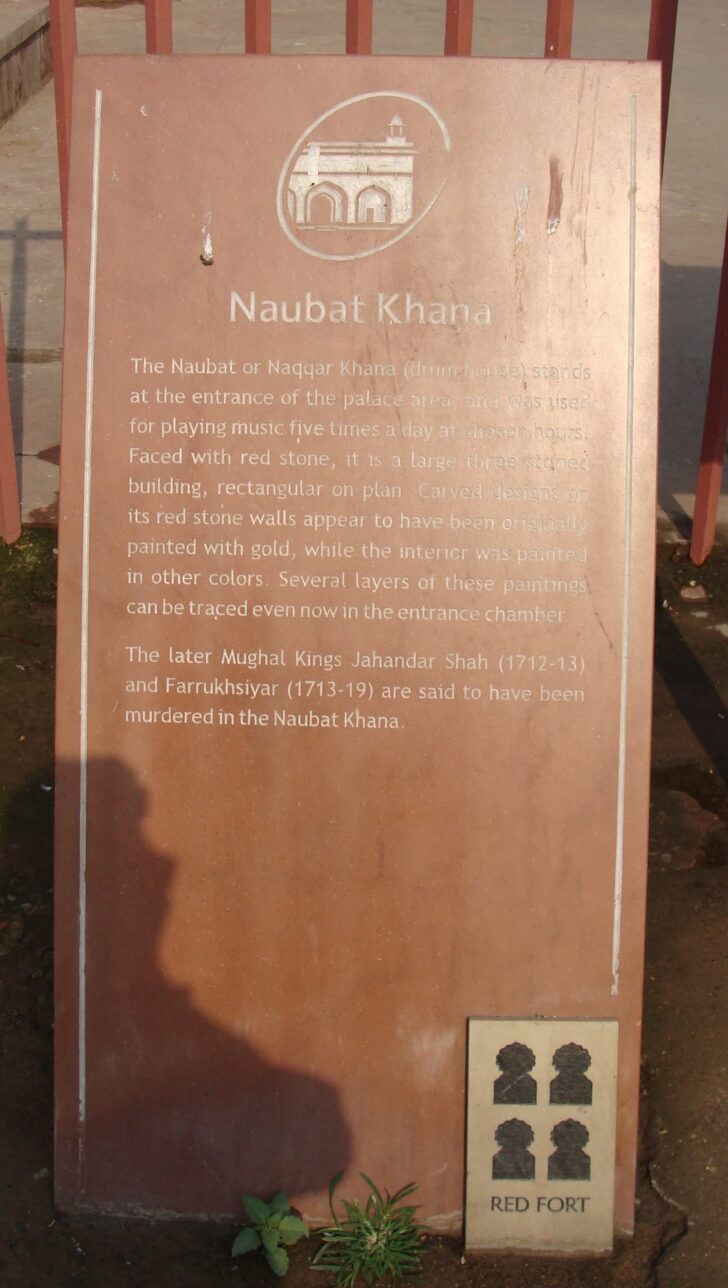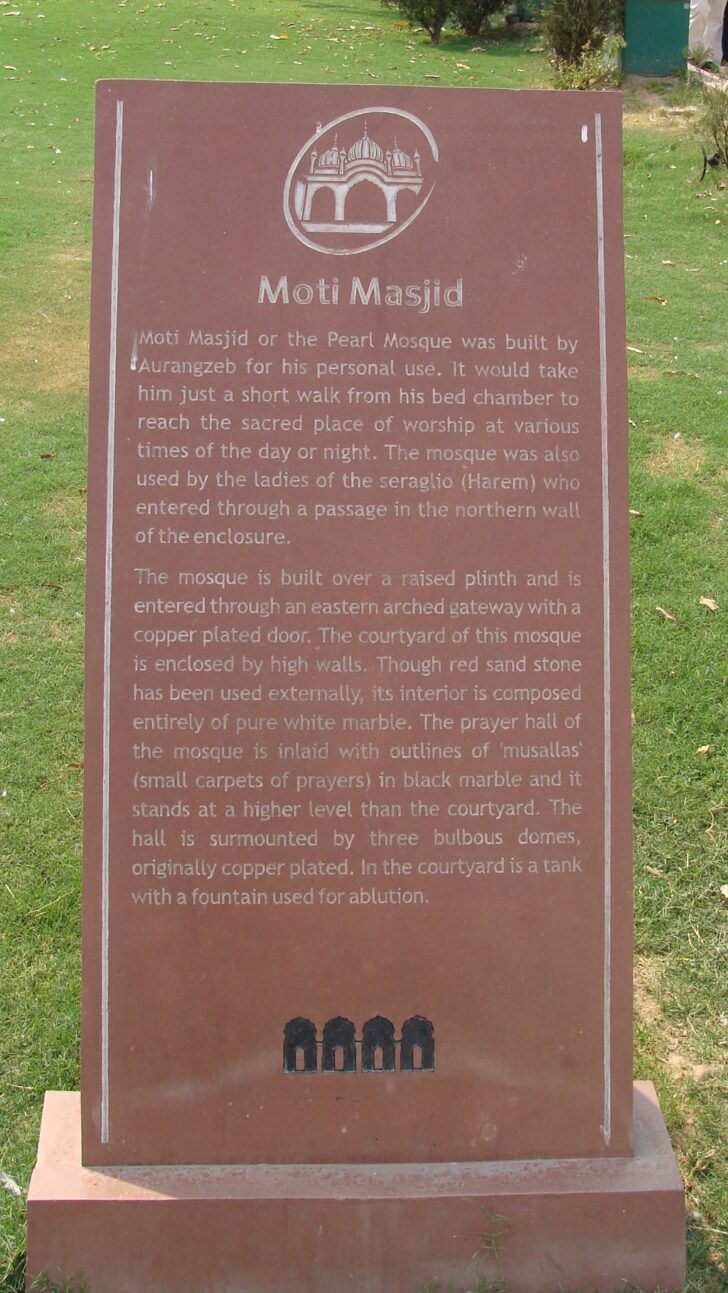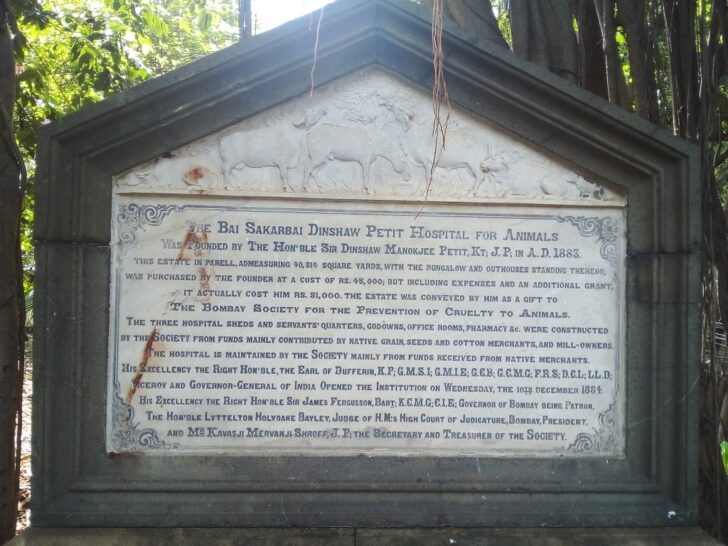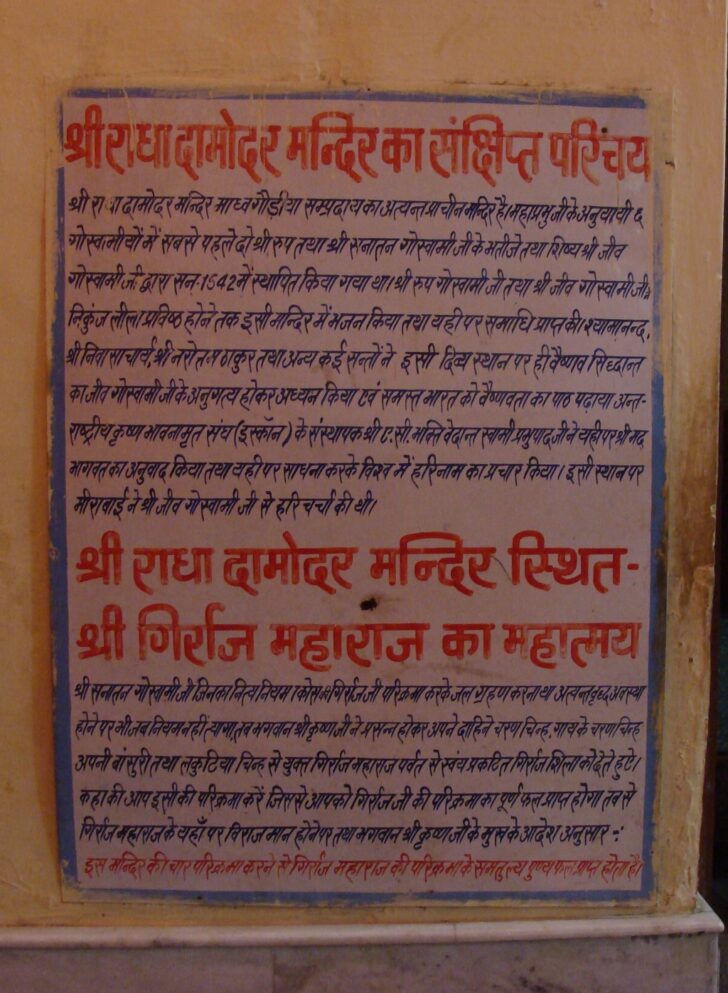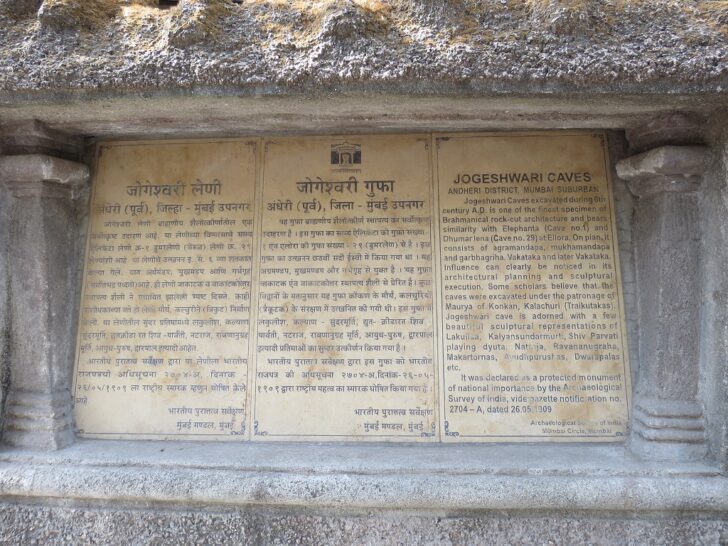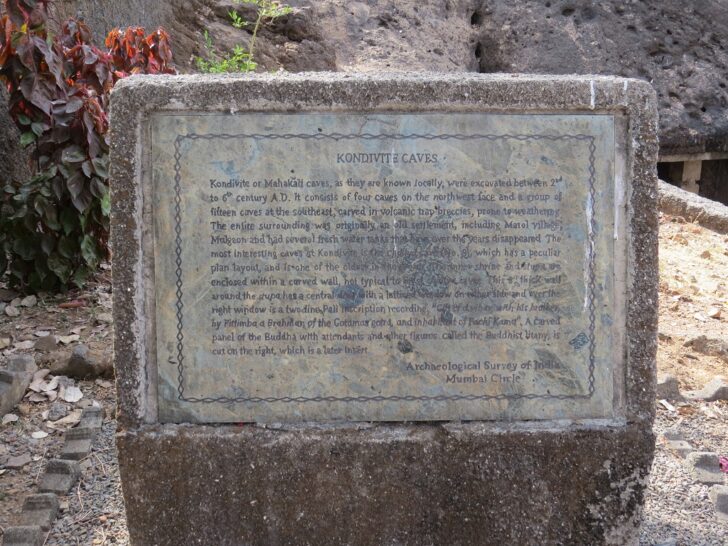Shri Bharat Mandir – Kedar Khand Skanda Puran gives the following details about this ancient temple.
Having been pleased by the intense tapasya performed here by Raibhya Rishi and Som Sharma, Lord Vishnu appeared before them. On rishi’s insistence, he showed his illusions (Maya) to them in various forms.
After watching all about Maya the Rishi requested Lord Vishnu to free all beings from the bondages of maya. Lord Vishnu then told Rishi that since he did tapasya by controlling all the senses therefore this sacred place will be called Hrishikesh and during Kaliyuga my incarnation will be known by the name of Bharat. Whoever will live in Hrishikesh observing all religious disciplines and visit Bharatji’s temple after taking bath in the sacred Mayakund will be freed from all the worldly bondage.
Some 1211 years ago on the day of Basant Panchmi, Jagadguru Shankracharya installed the presiding deity in the temple. It is also believed that if any pilgrim on Akshya Tritya takes 108 parikramas of the temple, he or she will get the pilgrimage to Badrinath.
Lord Hrishikesh known as Shri Bharat Ji Maharaj is different from Ram’s younger brother Bharat. He is known by the name of Bharat because he is the incarnation of Lord Vishnu, the preserving force, holding Shankh, Chakra, Gada, and Padam in his four hands.
(source: Display Board at Shri Bharat Mandir at Rishikesh (Uttarakhand))
Like this:
Like Loading...
